By Adam Huggins – Restoration Coordinator, GCA
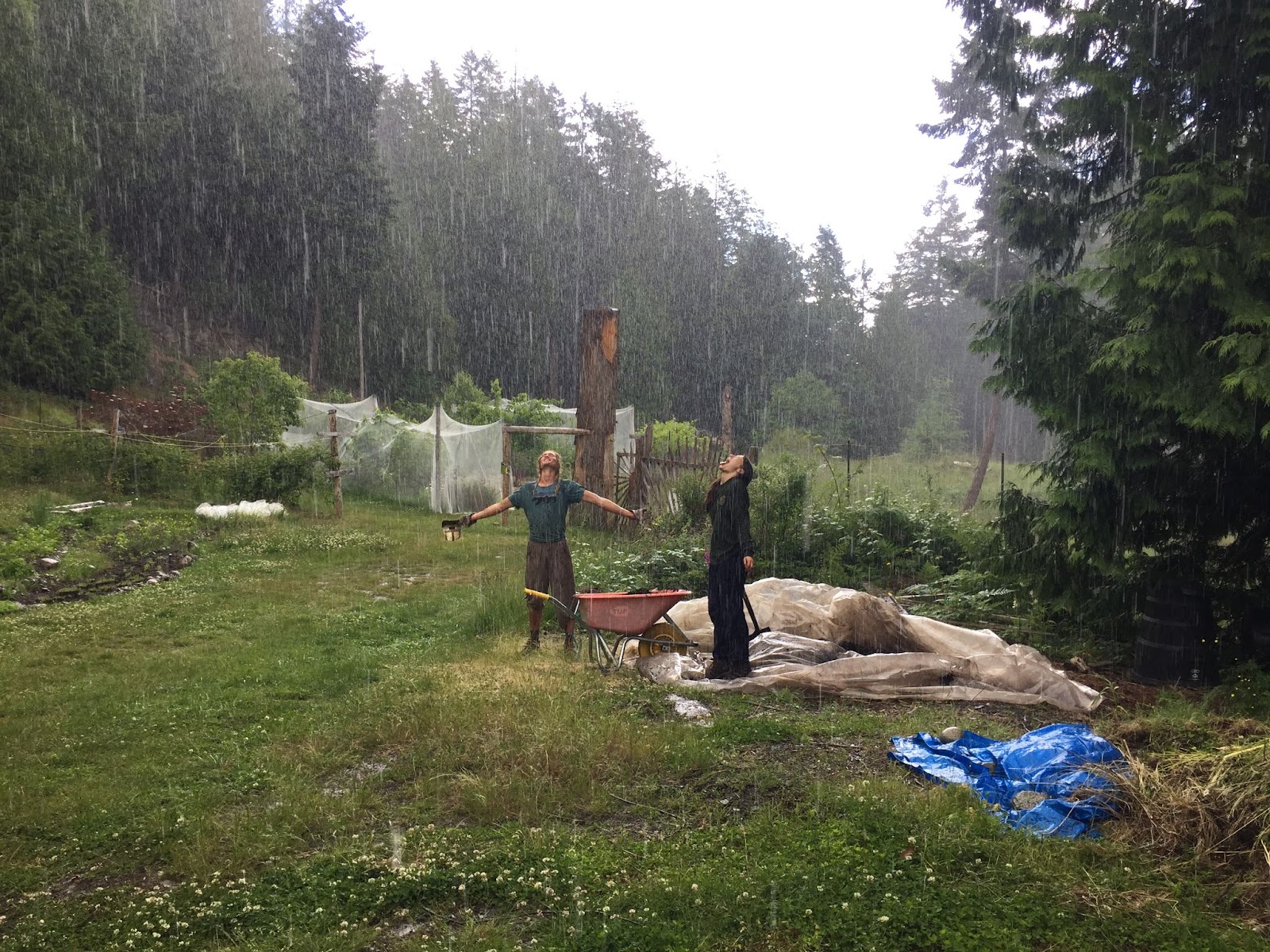
Rain, Rain … Not Going Away
It has been a year of extreme weather events, where heretofore unknown terms like ‘atmospheric river’ and ‘heat dome’ have entered our collective vocabularies, and caused widespread devastation throughout western Canada. The heavy rainfall event this November – where between 100 and 250mm of precipitation fell across the Province of BC, causing unprecedented damage – is supposed to be a 50 to 100-year occurrence, but regional forecasts suggest that events like this will become more frequent as a consequence of the climate crisis.
Heavy rains aren’t necessarily destructive on their own. In many parts of the Province, poor forestry practices have exacerbated flooding and contributed to landslides and other disasters. Clear-cuts and even simplified young forests do not retain water as well as mature forests, and logging roads concentrate and channel surface flow to valley bottoms. On Galiano Island, however, active forestry is no longer a significant factor; instead, a major culprit for erosion-induced damage to human infrastructure and natural ecosystems is the legacy of agricultural and forestry-related drainage of wetland and wet forest ecosystems that persists in many of the neighborhoods where we live.
Draining ‘The Swamp’
Why does drainage result in increased erosion and flood damage? Although it might seem counterintuitive, the reasons for this are actually quite simple. Pioneers and settlers throughout western North America sought out the most fertile land on which to farm and build their homes. These fertile areas happened to be the valleys where rivers, streams, and lakes regularly deposit the fine sediments and rich organic material that are the building blocks of rich agricultural soils. There was only one problem: these rich, relatively flat lowland ecosystems, which were otherwise perfect for raising crops and building homes, were completely covered in wetlands: wet forests, swamps, marshes, beaver-created lakes, and even bogs and fens. To make the land suitable for settlement and farming, these ecosystems were destroyed, and the water drained off through ditches, buried drain tiles, removal of beaver dams (and beavers), and channelization of streams. Even in cases where farming was not an end goal, the construction of roads and infrastructure to support development in upland areas is usually accompanied by drainage – with varying degrees of effectiveness!
Over time, our economy has diversified, and these days relatively few of us actually make full use of the drained land that tends to surround our homes and developments. Nevertheless, that drainage infrastructure is still working to artificially lower water tables surrounding the built environment, and to expedite the removal of excess precipitation from the land. The ecological damage this causes is significant, but in terms of human infrastructure, most of the time this infrastructure functions as it was intended: to allow us to continue to live on or around land that would otherwise be too wet.
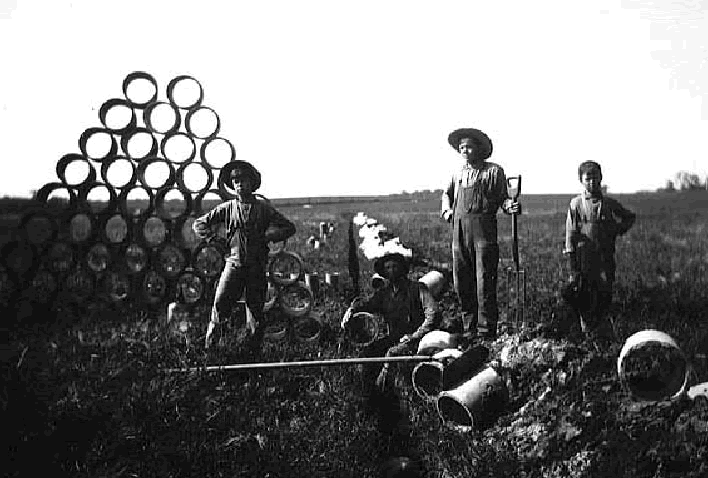
Human Infrastructure v. Natural Infrastructure
As we’ve witnessed with the recent heavy rains, serious problems can arise when our human drainage infrastructure is overwhelmed by extreme weather events. This is because all of those drains, ditches, culverts, and impervious surfaces serve to concentrate and channelize flows of water, resulting in high-energy streams that scour channels, undercut banks, block drains and culverts with sediment and debris, and flood the confined spaces we’ve left for water to occupy. In other words, our infrastructure becomes overwhelmed, which can result in catastrophic failure, and sometimes terrible consequences.
How do ecosystems deal with extreme events like these? Everywhere you look, natural systems function to slow, spread, and infiltrate precipitation and excess water, with wetland ecosystems doing the heavy lifting. This approach is in direct contrast to human infrastructure, which is designed to accelerate, concentrate, and expel water wherever it occurs on the landscape. The benefit of the ‘natural’ approach is that intact wetland ecosystems have tremendous potential to absorb the huge volumes of rainfall that characterize extreme weather events. The widespread removal and destruction of these ecosystems across the Province (and North America) has significantly reduced the land’s ability to absorb and mitigate the impacts of heavy precipitation.
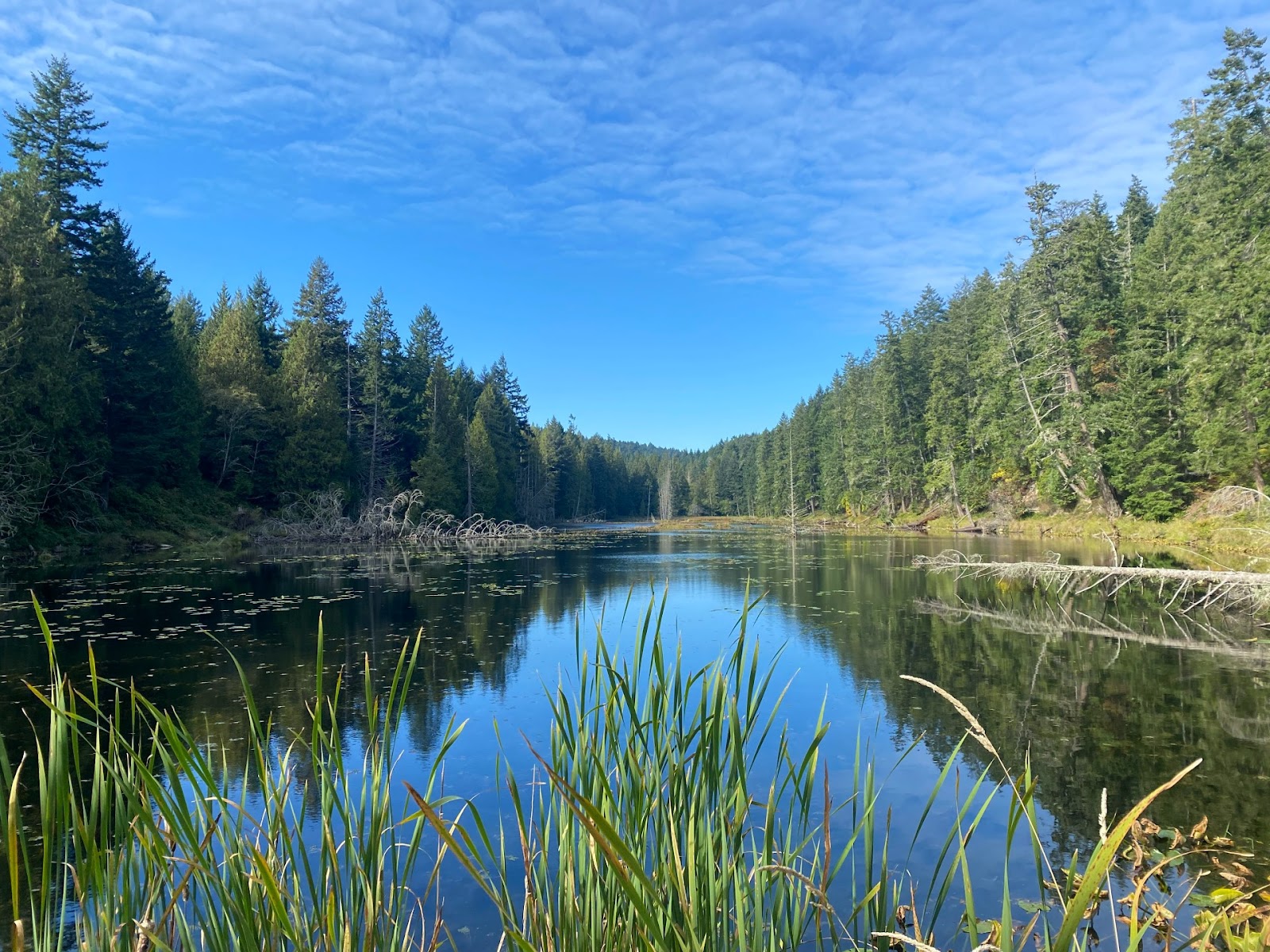
In Canada, natural infrastructure is increasingly recognized as critical infrastructure, particularly when it comes to flooding. While human infrastructure plays an essential role in draining the areas immediately around our homes, gardens, and roads, we can mitigate the negative impacts of future extreme weather events simply by removing human drainage infrastructure and restoring natural wetland ecosystems wherever this is possible.
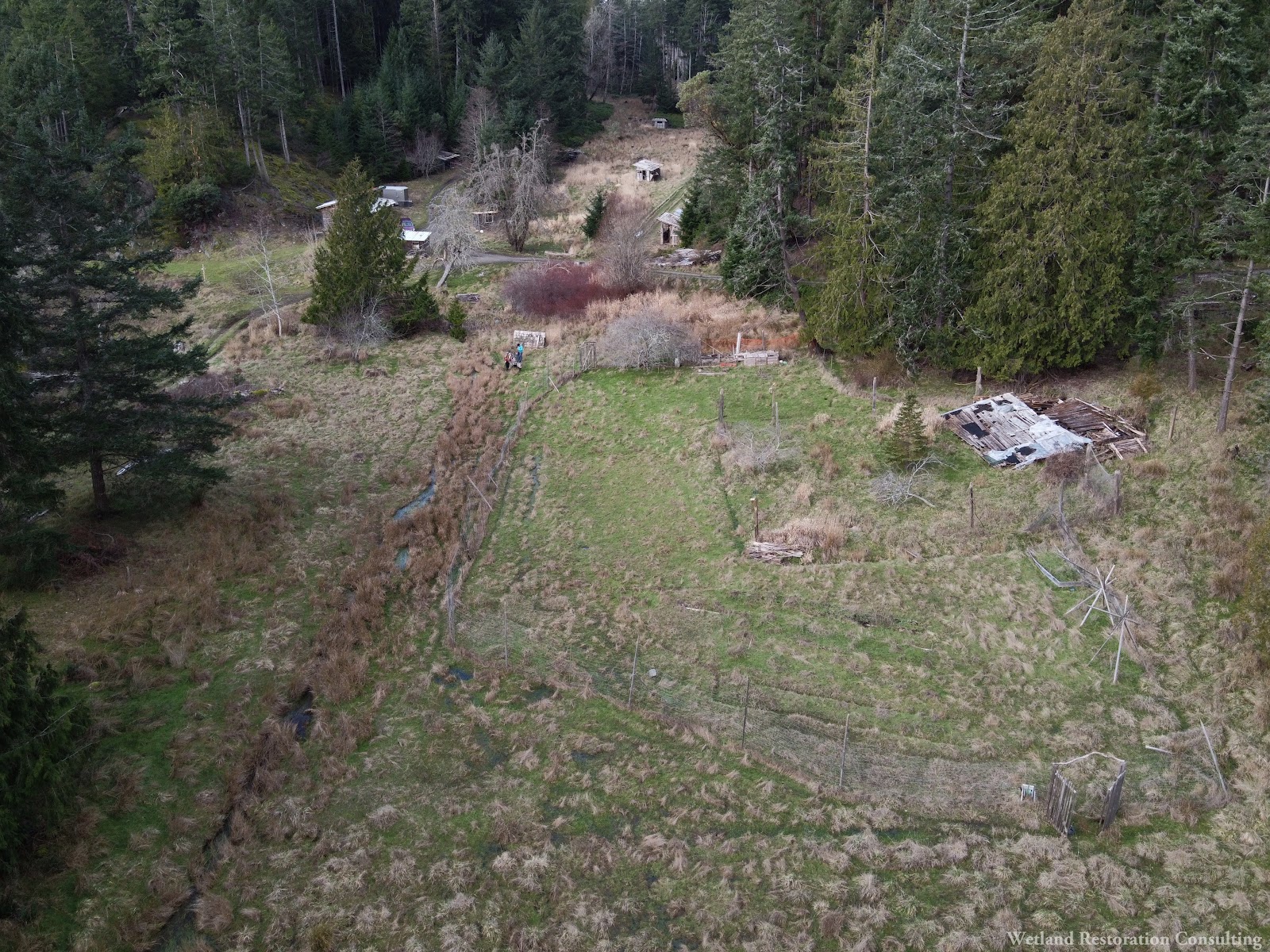
Turning ‘wet land’ into wetlands at the Millard Learning Centre
The 28 hectare “Chrystal Creek” watershed at the Millard Learning Centre has been heavily modified by people over the past century; this includes drainage, logging, soil compaction from machinery, grazing by cattle and sheep, small-scale agriculture, road and dam construction, removal of stumps and woody debris, and excessive browsing from hyperabundant deer. These conditions are common across the island in inhabited areas and ALR lands, resulting in reductions in ecological capacity to slow, spread, and infiltrate rainwater. Water is quickly drained, concentrated into channels, and directed into the ocean. This means that during heavy rainfall events, significant erosion occurs, roads are flooded, and human infrastructure is destroyed or compromised. This November, we had 100mm of rain fall in 36 hours at the Millard Learning Centre, and several roads were badly damaged or flooded.
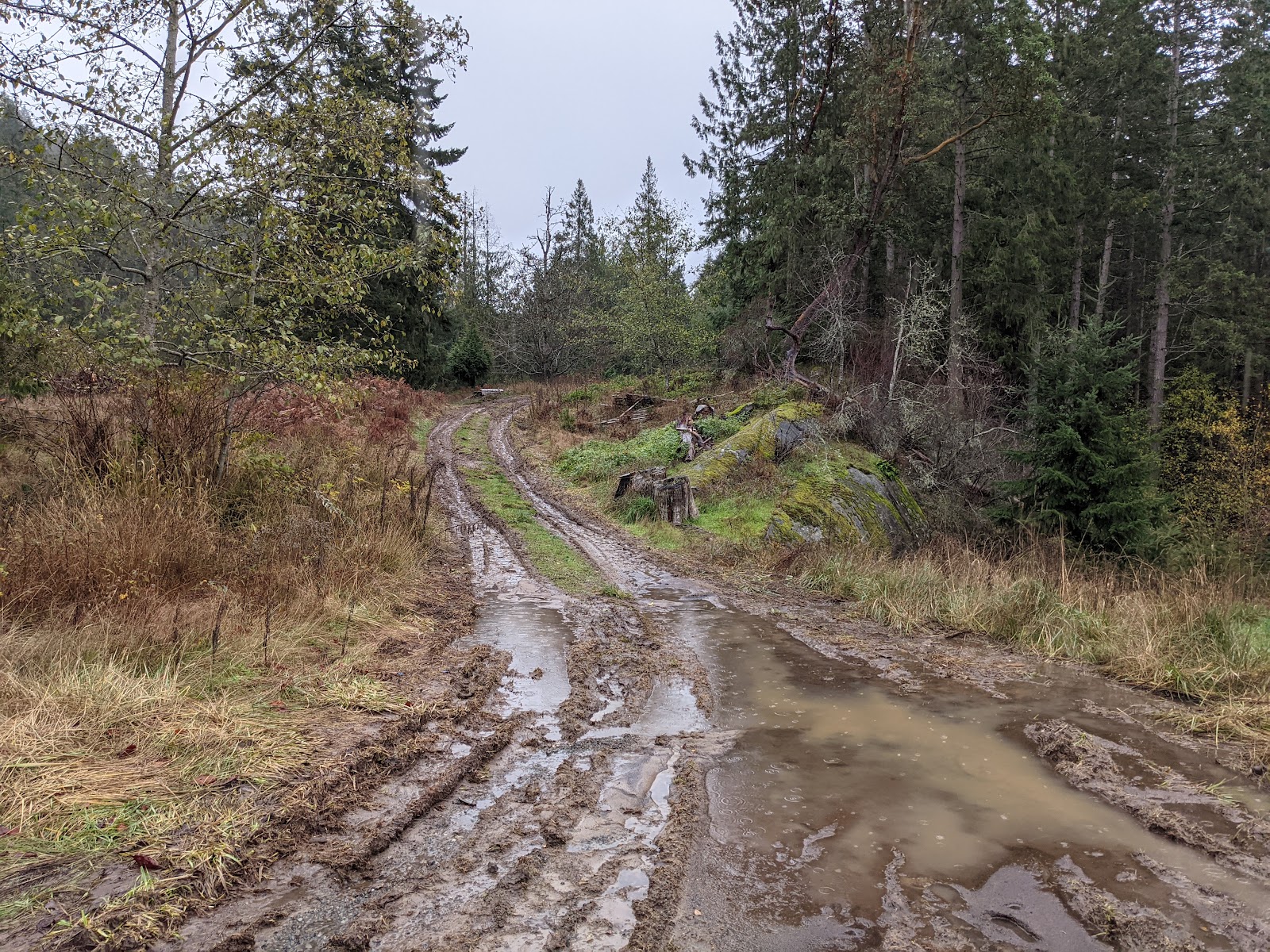
With support from Environment and Climate Change Canada, the Habitat Conservation Trust Fund, and the Gencon Foundation, the GCA’s Cedars for the Next Century project is actively restoring healthy native forest and wetland ecosystems throughout the Chrystal Creek watershed, improving the landscape’s ability to absorb freshwater and sequester carbon . We have already applied primary restoration treatments to nearly 5 hectares, and are planning treatments for over twice this area again in the next 2-3 years. These treatments include removal of drainage ditches, decompaction of soils, wetland creation, and replanting with native species. In October of this year, we partnered with the BC Wildlife Federation’s (BCWF) Wetlands Education Program to bring practitioners from all over the Province to assist in the restoration of the watershed.
The result has been that, even after only one month, these wetlands have filled and are slowing, storing, and infiltrating rainwater from the heavy fall rains. This ecosystem service will reduce stress on downstream infrastructure, prolong the hydroperiod of the creek, create high-quality habitat for many species (including Species at Risk), sequester carbon, and help recharge the groundwater.
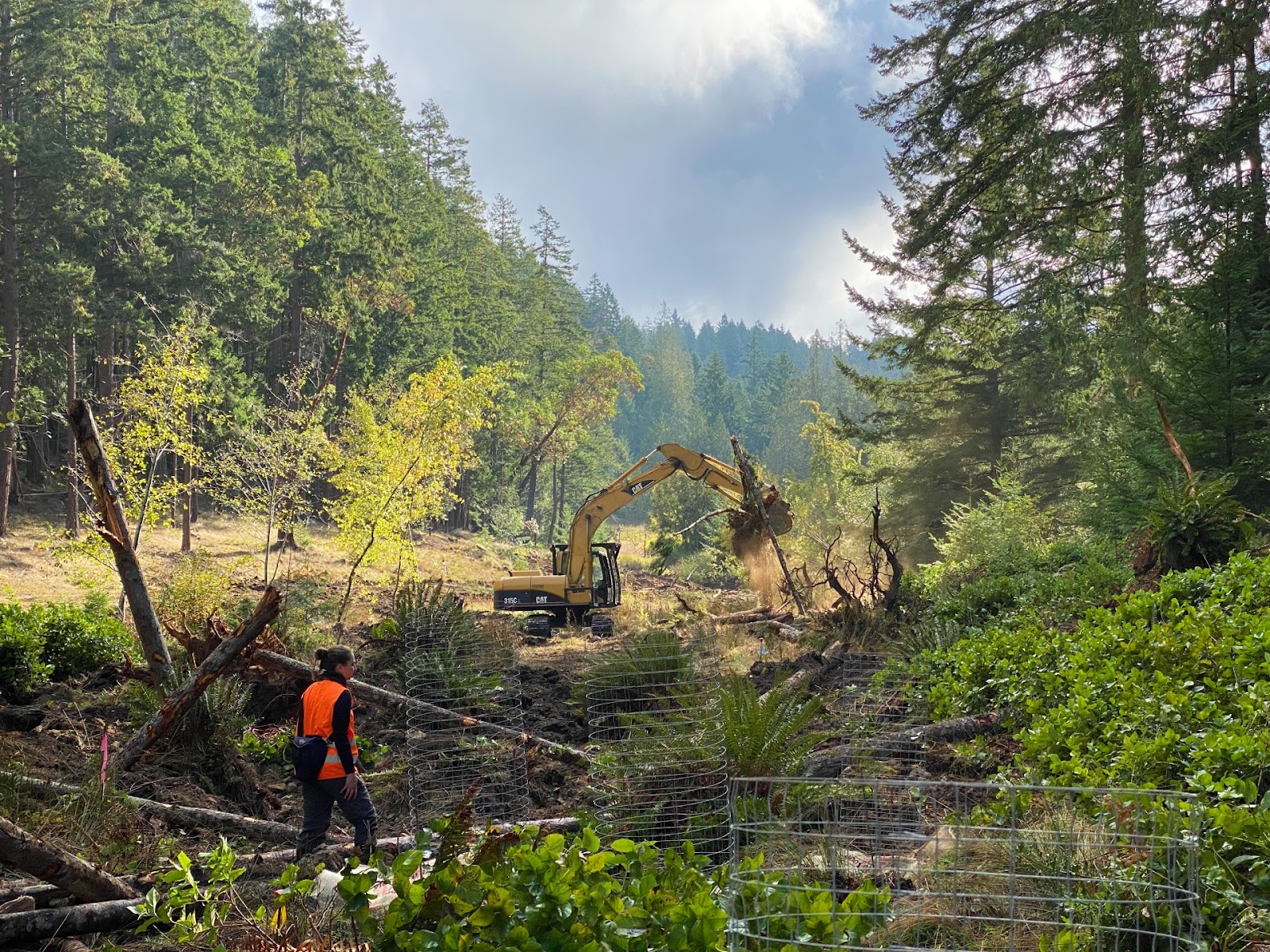
Water is Lively
So, the next time you walk outside, take a look around to see if you can see signs of drainage around your neighborhood. Are there wet areas that never seem to drain properly? Are your neighbors engaged in a tug-of-war with beavers? Are there ditches on your land, actively draining water away? Is deforestation upstream of your home causing runoff?
The answer to these questions will provide clues about how water moves, and has historically moved, through the watershed you call home. If you have issues with flooding, poor drainage, or erosion at home, you will likely still need to maintain and/or improve the drainage infrastructure around your residence, garden, or driveway. But for every step you take to protect human infrastructure, consider also taking steps to conserve and restore natural infrastructure as well. Perhaps some of the land around you that was once used for agriculture or forestry could be restored to provide the ecosystem services afforded by forests and wetlands. It is likely that extreme weather events will become more frequent in the Salish Sea, and promoting healthy, thriving, and wet (!) island ecosystems is a critical component of adapting to these changing conditions.
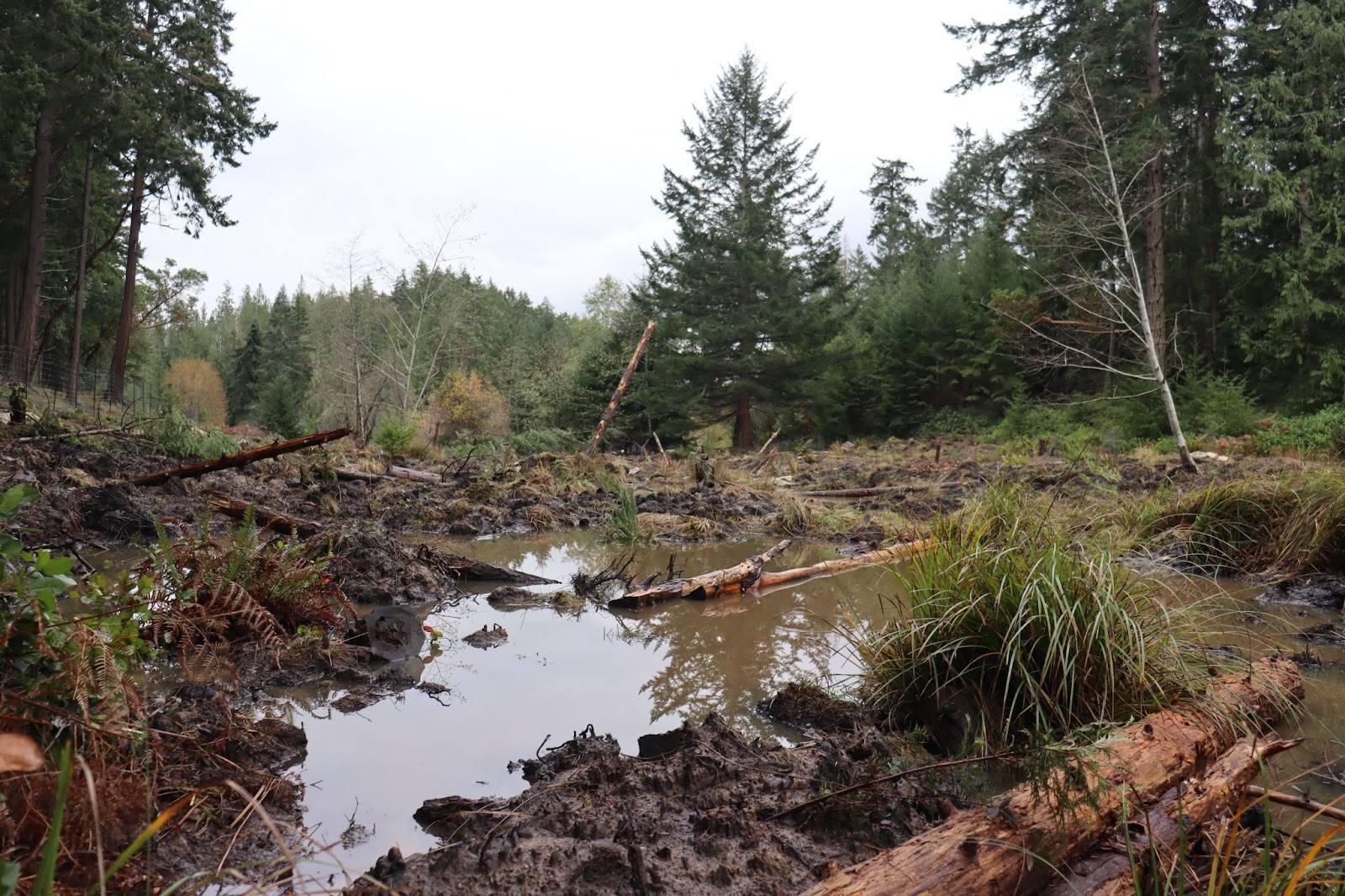
360 Tour of the Chrystal Creek Watershed
Want to explore the restored areas in the Chrystal Creek watershed? Take our interactive virtual tour!
Acknowledgements
Thank you to our funders for supporting our work in the Chrystal Creek watershed:
Environment and Climate Change Canada
Habitat Conservation Trust Foundation
Gencon Foundation
Resources
To learn more about the BCWF’s Wetlands Education Program, go to https://bcwf.bc.ca/wetlands-program/.
Did you know that the GCA provides free site consultations to island residents? Get in touch to book one! Email restoration@galianoconservancy.ca
References
Baum, K. B., & McClearn, M. (2021, November 18). From fire to ‘Atmospheric River’: Why B.C. is trapped in a world of climate extremes. The Globe and Mail. Retrieved November 18, 2021, from https://www.theglobeandmail.com/canada/article-first-fire-now-floods-why-bc-is-trapped-in-a-world-of-climate-extremes/.
Cecco, L. (2021, November 16). ‘A tipping point’: How poor forestry fuels floods and fires in Western Canada. The Guardian. Retrieved November 18, 2021, from https://www.theguardian.com/world/2021/nov/16/canada-floods-fires-logging-british-columbia.
Cox, W., & Keller, J. (2021, November 17). Western Canada: In B.C., once-in-a-century weather events become the norm. The Globe and Mail. Retrieved November 18, 2021, from https://www.theglobeandmail.com/canada/british-columbia/article-western-canada-in-bc-once-in-a-century-weather-events-become-the-norm/.
Horizon Advisers. (2019). Benefits of Adopting Natural Infrastructure: A Comparison of Natural and Grey Infrastructure Solutions. Environment and Climate Change Canada. Retrieved November 18, 2021, from https://awc-wpac.ca/wp-content/uploads/2019/08/Adopting-Natural_Infrastructure.pdf
Secretariat on the Convention on Biological Diversity. (2015, February 2). Wetlands and Ecosystem Services. Convention on Biological Diversity. Retrieved November 18, 2021, from https://www.cbd.int/waters/doc/wwd2015/wwd-2015-press-briefs-en.pdf.
Vines, G. (2017). (rep.). Climate Projections for the Capital Region. Victoria, BC. Retrieved November 18, 2021, from https://www.bcsla.org/sites/default/files/resources/files/climate-change/downloads/Climate%20Projections%20for%20the%20Capital%20Region%20-2017.pdf
Wetland Stewardship Partnership. (2010). Wetlands in British Columbia: A Primer for Local Governments. Wetland Stewardship Partnership. 19 p. Retrieved November 18, 2021, from https://bcwetlandsca.files.wordpress.com/2016/11/wetlandprimer_wsp_2010.pdf


